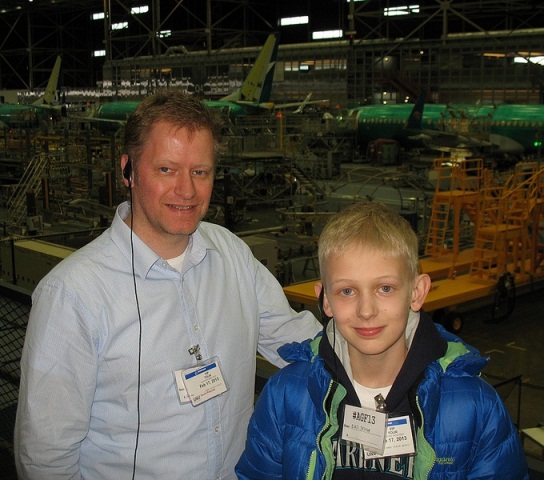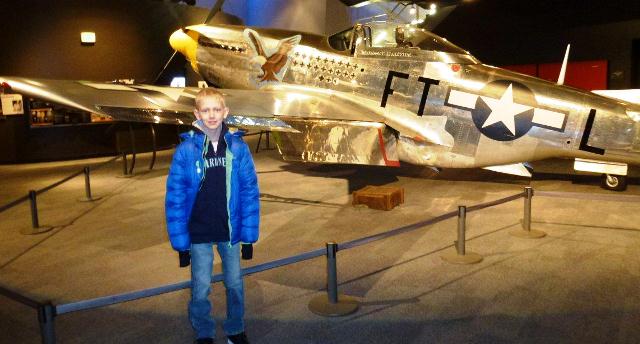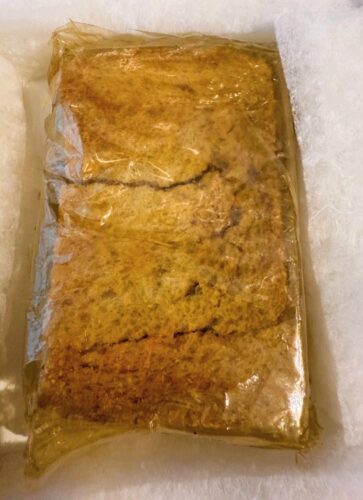
This old, stale sandwich locked away in a museum in Washington state has a special connection to an aviation daredevil who made a record-setting flight.
The first non-stop trans-Pacific flight was completed on October 5, 1931, by Clyde “Upside Down” Pangborn and co-pilot Hugh Herndon, Jr.
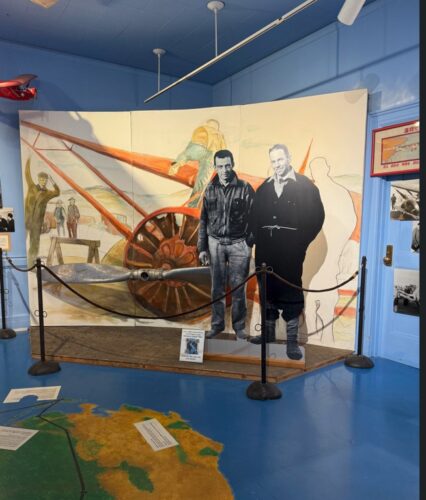
Hoping to set a record and claim a $25,000 prize, the duo flew from Misawa, Japan to East Wenatchee, WA, in 41 hours and 15 minutes (some say 13 minutes) in a modified Bellanca Skyrocket named Miss Veedol (after the motor oil).
A permanent exhibit at the Wenatchee Valley Museum & Cultural Center tells the story of Pangborn (a Washington native), his career as a barnstormer and stunt flyer, and the record setting flight.
On display are historic photographs and a wide range of artifacts, including the bent propeller that is now all that is left of Miss Veedol.
But the museum has more Pangborn-related artifacts in storage.
Most notably, half a sandwich wrapped in cellophane and nestled inside a box in a humidity-controlled storage room.
The sandwich likely flew with Pangborn on the famed 1931 flight.
Or it may have flown with him earlier, in the 1920s, and taken as a souvenir when Pangborn was wowing spectators as a stuntman in a flying circus, doing aerial stunts such as loops, flying upside down, changing planes in mid-air, and completing auto-to-airplane transfers.
Anna Spencer, the Collections Coordinator for the museum, went looking for the sandwich a few years back for a Pangborn-related anniversary. “It was exciting to find it and shocking to see the state of it. I assumed we’d find a pile of mold, but it had been preserved extremely well.”
Here’s a “Curator’s Corner” video the museum put together at the time.
The sandwich was donated to the museum by a man who found it inside a red tobacco tin among his late father’s belongings. Inside the tin was a neat handwritten note stating that the sandwich had flown on the 1931 flight.
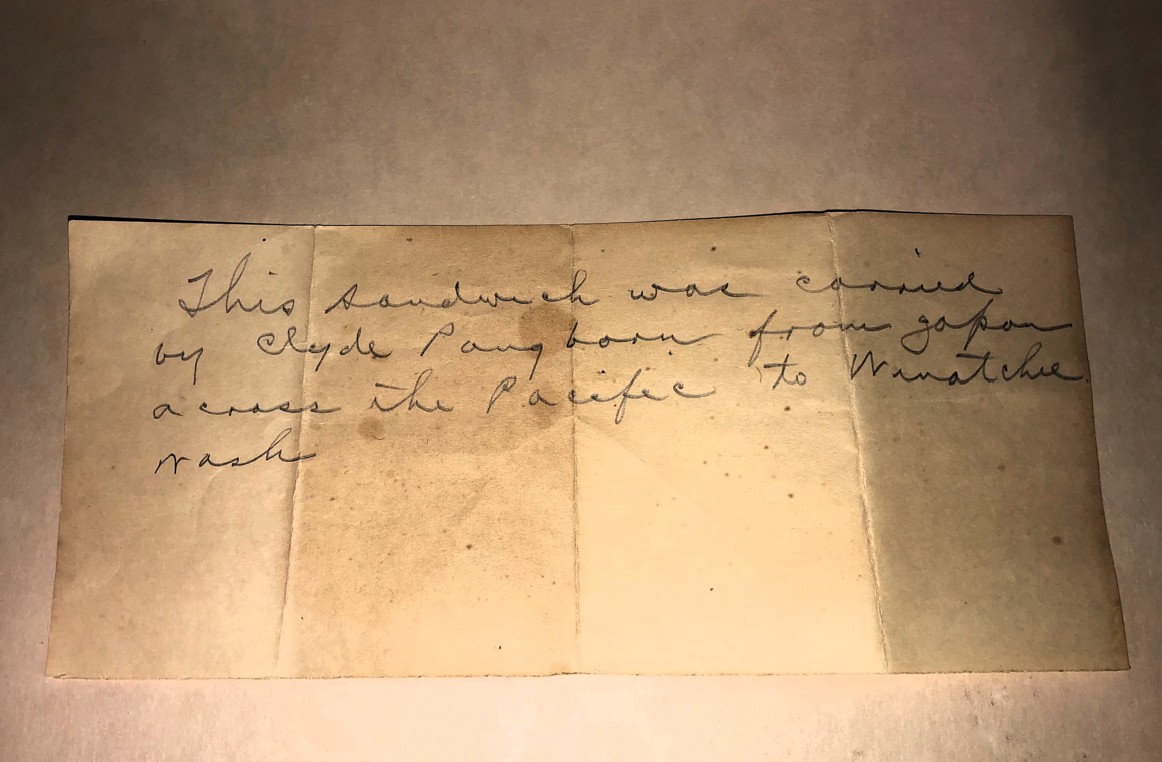
Another clue: a Smithsonian Air & Space article notes that in 1931 Miss Veedol took off from Japan with “915 gallons of fuel, 45 gallons of oil, sandwiches, tea, and chicken.”
However, when taken out of the tin, the cellophane-wrapped sandwich was taped up with a label that said, “Clyde Pangborn Sandwich 1926.”
Museum officials haven’t had the sandwich carbon-dated. But it’s a good bet this is indeed a sandwich from the flight.
More about Clyde Pangborn
Clyde Pangborn learned to fly loops and to fly upside down when he served in the Army. In 1921, he formed the Gates Flying Circus with his friend, Ivan Gates, but in 1931, he switched from barnstorming to attempts at breaking aviation records.
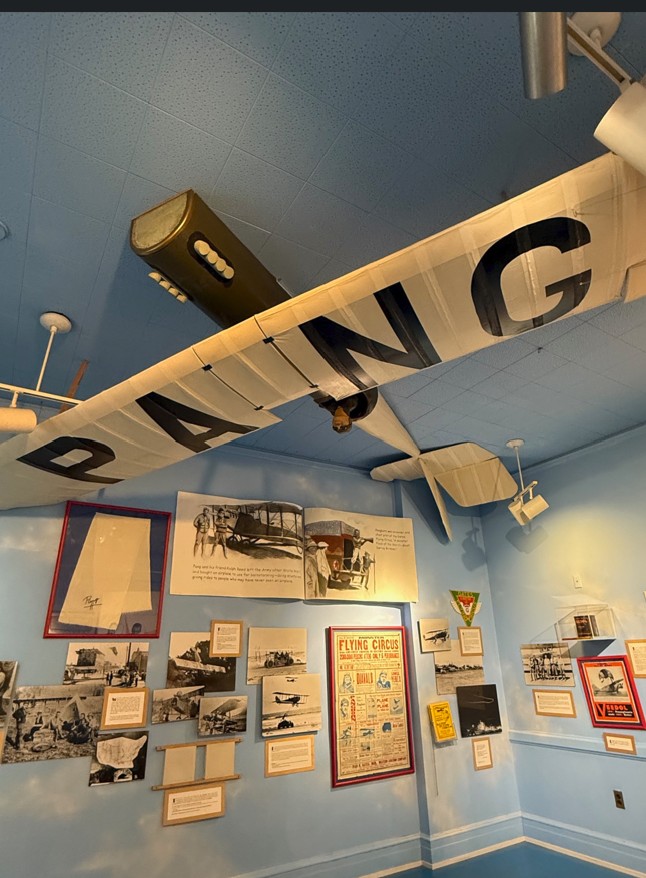
In July 1931, in their Miss Veedol airplane, Pangborn and Herndon failed to beat Wiley Post’s record of flying around the world. They turned their attention to a challenge offered by a Japanese newspaper, offering a $25,000 purse for the first non-stop trans-Pacific flight from Japan to the United States.
In pursuit of that prize, Pangborn made modifications to the Miss Veedol. He reinforced the fuselage, added a fuel tank, and figured out a way to jettison the landing gear – and 300 pounds – once the plane was in the air.
The experienced stunt flyer planned to land the plane on its belly.
At liftoff from Misawa, Japan on October 4, 1941, Miss Veedol had no radio, no life raft, and no emergency equipment.
The scheme to discard the landing gear after take-off worked, but Pangborn had to use his aerial stunt skills to crawl out on the wing and remove two struts that were left hanging and would have interfered with the planned belly landing.
The plane landed – on its belly – in Wenatchee, WA, 41 hours, 13 minutes and 13 (or 15) minutes later.
